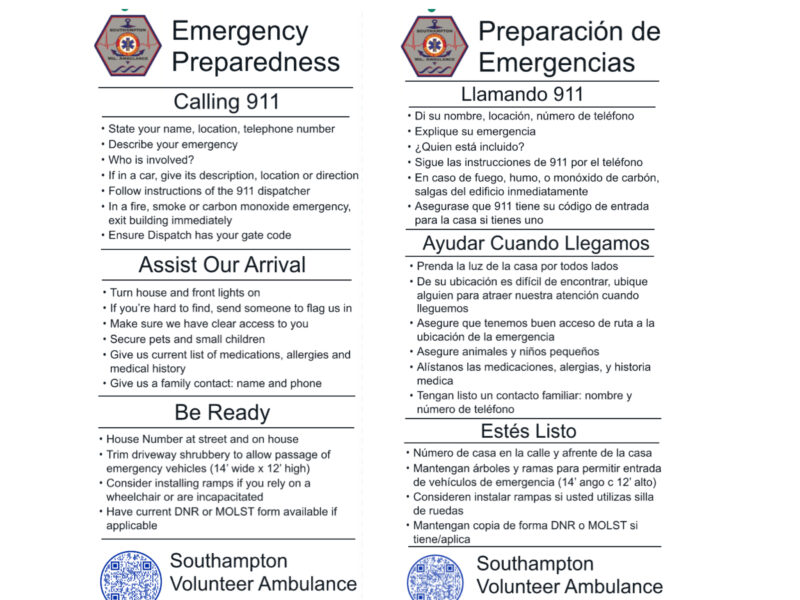

Do you ever wonder, “What would I do if …”
Someone’s choking — could I deliver the Heimlich maneuver?
A mouth’s swelling from a bee sting — could I jab the epipen?
A dude drops like a rock with a stopped heart — could I give CPR? And where’s the closest AED, anyway?
A friend’s flailing in the pool — could I safely land them, clear their lungs?
That lady seems disoriented, her words are garbled — could I assess her with the Cincinnati stroke test?
That party boy’s had too much. Wait, those pupils are tiny — could I give him nasal Narcan?
There’s blood, lots of it — can I stop that?
A car crashes — would I see past my inconvenience, the shock and awe?
Would I recognize severe blunt trauma if it reached out and hit a child over the head?
Could I, would I, be the one to take action when action is needed? Be the one who helps others feel safe? Be calm in the face of the storm?
Safety consciousness is about being present. And like most “presence,” it’s a gift we give to ourselves before we can share it with others.
This brings me to my friend Enzo Cerillo, an ordinary guy, commercial fisherman, glad to share a striped bass. Enzo has a remarkable ability to land a whopper of a crisis into the safety net.
One day, on his way home from the gym, he witnessed a severe trauma incident, and his calm 911 call delivered medivac when minutes mattered most.
More recently, he awoke to a crash and a clatter, and sprang from his bed to see what was the matter. On the street and armed with two belts, he found Ed Downes, who, on his way to work, had stopped and recognized that a tourniquet was needed. A tourniquet and two leather belts earned that patient the one vital minute they needed to preserve life, with an outlook for recovery.
Enzo happens to be a driver with the Southampton Volunteer Ambulance, and Ed is an EMT, and former president at Sag Harbor Ambulance.
Ed says what amazed him most was how calm everyone was, from the bystanders who magically assembled themselves into handling small tasks, to the EMS crew who attended the patient and activated the full resources of the emergency medical system.
Enzo’s take: “You just have to focus on the patient, and everything else falls into perspective, like grace under pressure.”
Yes, they’re skilled volunteers who prepare for readiness. And, like you, they’re ordinary people, going about their daily lives. That’s where emergencies happen: in the course of our daily lives.
So, would I, could I, if I had to? EMS has taught me it’s easier to navigate a crisis if you’ve planned for it. And someone else’s crisis doesn’t have to be mine. In an emergency, minutes can make the difference between life and death.
So, follow that impulse to notice what feels wrong, register someone’s need, and get or bring help. Call your local ambulance and take a class in basic first aid, hands-only CPR, administering nasal Narcan, or Stop the Bleed. Learn the signs of a stroke, hyperthermia, hypothermia and drug overdose.
Take measures to prevent emergencies in the first place: fasten seat belts, don’t drink and drive, don’t speed or text while driving. Monitor alcohol intake of self and friends, calling a taxi as needed. Watch when children are near the pool. Keep your eyes open.
National EMS Week is May 15 to 21. With Memorial Day’s kickoff fast approaching, we’re expecting a busy summer.
So let’s look out for one another.
Adele Kristiansson lives in Water Mill. She is an EMT and a driver with the Southampton Volunteer Ambulance.
 More Posts from Viewpoint
More Posts from Viewpoint